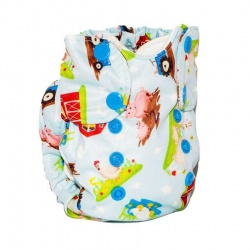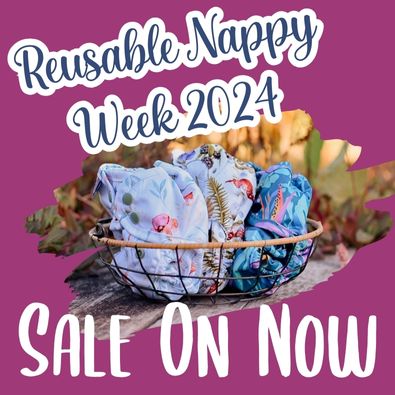How Many Newborn Cloth Nappies Do I Need?
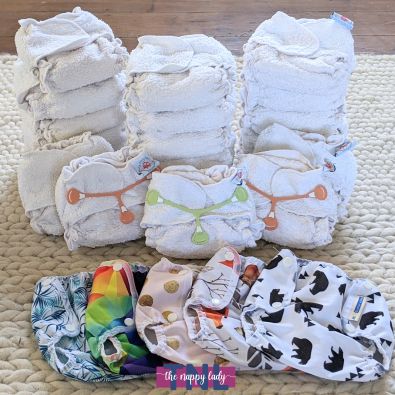
How many reusable nappies do I need for a newborn?
Our guide is to have at least 20 cloth nappies if you are planning to use reusable nappies from newborn.
Newborn babies go through 8-12 nappies in every 24 hours for the first few months so you'll be doing daily washing.
I know some other nappy companies can recommend 25, 30 or even 40 newborn nappies. Now you could have this many and would be washing less frequently however the cost of purchasing this many is going to get expensive and remember newborn nappies only fit a relatively short period of time. While my sales reports would love you to buy more nappies I don't want you to overspend and for this reason I stick with a more reasonable 20.
I'm using a two part system - how many wraps do I need for a newborn?
If you're using a two part nappy system (cloth nappy and separate wrap). Then the ratio of nappies to wraps you should work to is 1 wrap to every 4 nappies.
If you have 20 newborn nappies then you should have 5 wraps.
Newborn Hire Kits
The Nappy Lady offers newborn hire kits for size 0 nappies that fit up to 12lbs. We offer various different options so you can find a kit perfect for you. Each kit contains
-
20 nappies
-
5 wraps if required
Can't I use One Size Nappies?
Not everybody needs or wants newborn sized cloth nappies and they decide to start their baby straight away into onesize birth to potty nappies.
Many onesize reusable nappies officially have a weight range of 7lbs+ however realistically these are going to be bulky on a little baby and won't give you the best fit.
For this reason most families have some newborn sized nappies or use disposables until baby grows to around 10lbs/12lbs and then can easily go into one size nappies. There are pros and cons of newborn sized nappies and waiting until 10lbs.
We have a separate section to guide you to how many one size nappies you will need. Read our how many reusable nappies do I need for a full shopping list.
Benefits of using newborn nappies:
-
Get into the habit of using cloth nappies straight away
-
Higher containment so fewer leaks compared to disposables with a good fitting newborn nappy (reusable nappies have stronger elastic than disposables so you get fewer leaks!)
-
Environmentally friendly from day one.
-
Natural fabrics from day one
-
Perfect fit compared to onesize nappies
Drawbacks of using newborn nappies:
-
More expensive compared to just buying onesize nappies.
-
An extra task to do in the early days.
-
Can seem "too much work" or "overwhelming" particularly if you're not in a good place i.e. the birth didn't go to plan, breast feeding not going well and you're struggling - becoming a parent is a challenge!
-
If it's "too much work" for you at the start it may put you off trying again later once things have calmed down.
So Nappy Lady what should I do?
I'm often asked should a parent use cloth nappies from birth and my answer is always it's up to you, there is no right or wrong answer! Helpful I know!
However I do follow up with; if you do choose to use reusable nappies from birth and life is proving a challenge, put the nappies back in the drawer for a week or two. Sort out the challenges you're having and come back to them. You can't come back to breast feeding for example but your nappies will be happily sitting in the drawer until you're ready.
Always remember there is no rule that says you HAVE to use reusable nappies full time! Even if you just use one or two nappies from birth a day that's saving landfill and gradually getting you into the swing of using them.
My newborn nappy journey
When I had our first child I used cloth nappies after 3 weeks. I only used them at home and never when out and about or over night (baby never slept and I wasn't confident in them yet).
After a couple of month I started taking a cloth nappy when I went out. By then I was confident in what I was doing and knew that the nappies were reliable.
Finally I started adding in a night time reusable nappy at around 6 months old. He was finally getting a few more hours sleep and I felt ready to tackle it. After night one using a reusable nappy I kicked myself for not doing it sooner as all was fine and he slept just as well or poorly as he did in his disposable nappies.
From then on he was in reusables full time. Modern cloth nappies are very simple to use however do it at the right speed and time for you!
By our second baby and our third I used washable nappies from birth, however if the birth or feeding hadn't gone to plan I wouldn't have hesitated to use disposables if I felt I needed it. Now I bet you didn't expect The Nappy Lady the Queen of reusable nappies to say that! Using cloth nappies is simple and easy but it's important to do everything at the right speed and stage for you!
Which newborn reusable nappies to buy?
Two part system - fitted nappy
The super reliable option is a two part nappy system. It's a super absorbent nappy with a separate waterproof wrap. They are extremely reliable and also great for containing explosive newborn baby poo since the nappies and covers act as two layers of protection.
They are fairly affordable and fairly simple to work with, although you need 2 parts to put on each nappy change the wrap takes seconds to put on.
Depending on the fabric they can be slow drying so I'd recommend you avoid bamboo as with a newborn you'll want to be turning around your clean nappies quickly. They can be quite bulky in comparison to some all in ones but that fabric also corresponds to absorbency.
People often ask about adding bamboo boosters into their nappies however with good two part nappies (as you'll find at The Nappy Lady) they are not usually needed. If in doubt whether your nappy system needs extra inserts or boosters please just ask but for most babies it's not usual to need them in newborn sizes unless you have a very heavy wetter.
Two part fitted nappies are also better in terms of longevity so if you hope to use them on subsequent children they make the best reusable nappies.
Muslins for newborn nappies.
Muslins are used so regularly as mop up cloths and burp cloths these days (for which they are excellent), people forget that they used to be known as "muslin nappies". Muslin nappies were the newborn option that came before terry squares.
Muslins are a form of flat nappies. Muslinz 70cm are great value for general use or for newborn nappies for those early weeks. Muslins have a surprising degree of absorbency and are also extremely slim line. This is why we often recommend them in either the Jo fold as a newborn nappy.
You will need 2 packs of muslins, 5-6 waterproof cover or wraps , a pack of nappi nippas and a disposable liner stash if you want to use them. We also have a ready made one click to buy muslin kit option too.
All in one nappy/pocket nappies
People often initially think these will be the best reusable nappies for newborns as they are just like disposable nappies and usually incredibly slim. Be warned they offer lower containment than a two part nappy or muslins as they only give you one layer of protection against leaks. In theory this is the same as disposable nappies but I always think why settle for second best when you could have a bomb proof newborn system!
All in ones are also generally lower absorbency as they are slimmer. Slimmer nappies generally means less absorbent fabric inside. A newborn if feeding well can wee a surprising amount.
Would I buy a full stash of newborn all in one nappies ... no!
They are expensive and have absorbency and containment drawbacks as above. However having a few as part of a system is often a sensible choice especially if you have other people helping you in the early weeks who might not be as well read on reusable nappies as you will be (you've made it this far in this article so I say you're doing superb and will be a nappy expert by the time baby arrives!)
How can I reduce drying time to have a smaller stash
If your budget is for less than 20 nappies no problem. You can have fewer nappies but you will have to be able to wash and dry quickly. Ideally you would have access to a tumble drier &/or have the back up of disposable nappies.
Muslins are ultra quick drying and budget friendly so definitely make these top of your nappy list. Avoid bamboo fabric as it's too slow drying and can easily be damaged in a tumble dryer . Stick with cotton or microfibre materials.
Also consider a daily visit to our clearance section. We retire ex-hire newborn nappies regularly so make your budget go further and pick up a bargain!
What about tiny babies?
For premature or low birth weight babies then we have some extra tiny nappy options for you!
Once again you can't go wrong with muslins as with our favourite fold the Jo Fold you can make the muslin very tiny.
Other nappies that are tiny are Bambams, Lil Joey, Pebbles or Bo Peep.
How to wash reusable nappies
Washing reusable nappies is really simple. It's just like putting a load of extra washing on every day for the first few weeks. As baby gets older your main wash will become every other day.
We try to keep families away from the need to tumble dry their nappies so even if you have a tumble drier we'll be trying to guide you on how to avoid one.
Read our full washing guide in our washing advice section of the website.
How Frequently Do You Change Cloth Nappies?
Nappy wraps are generally changed 3 times a day for a newborn, this being on waking, early afternoon and then at bedtime. As baby gets older the wrap will be changed approximately every 12 hours so on waking and at night.
For the absorbent nappy underneath during the day, every 2½ - 4 hours, depending on baby's age and how heavy a wetter they are, but always straight after a poo. At night, if you add extra absorbency, the baby can stay in the same nappy for 12 hours or more (unless they poo). Visit our how often to change cloth nappies article for full details.
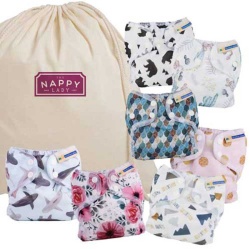
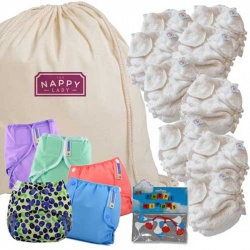
.jpg)
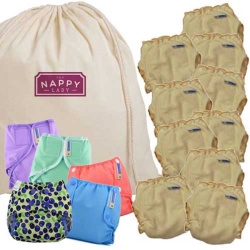
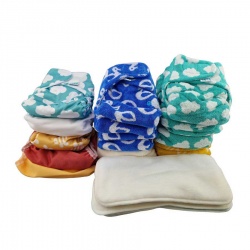
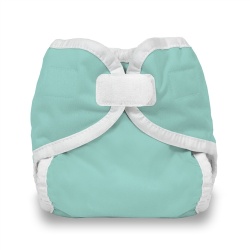
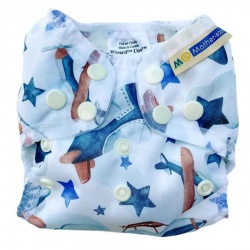
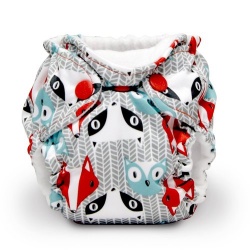
.jpg)
.jpg)
.jpg)
.jpg)
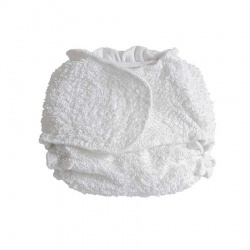
.jpg)
.jpg)
.jpg)
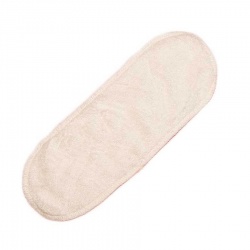
.jpg)
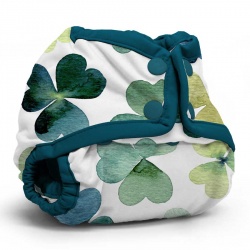
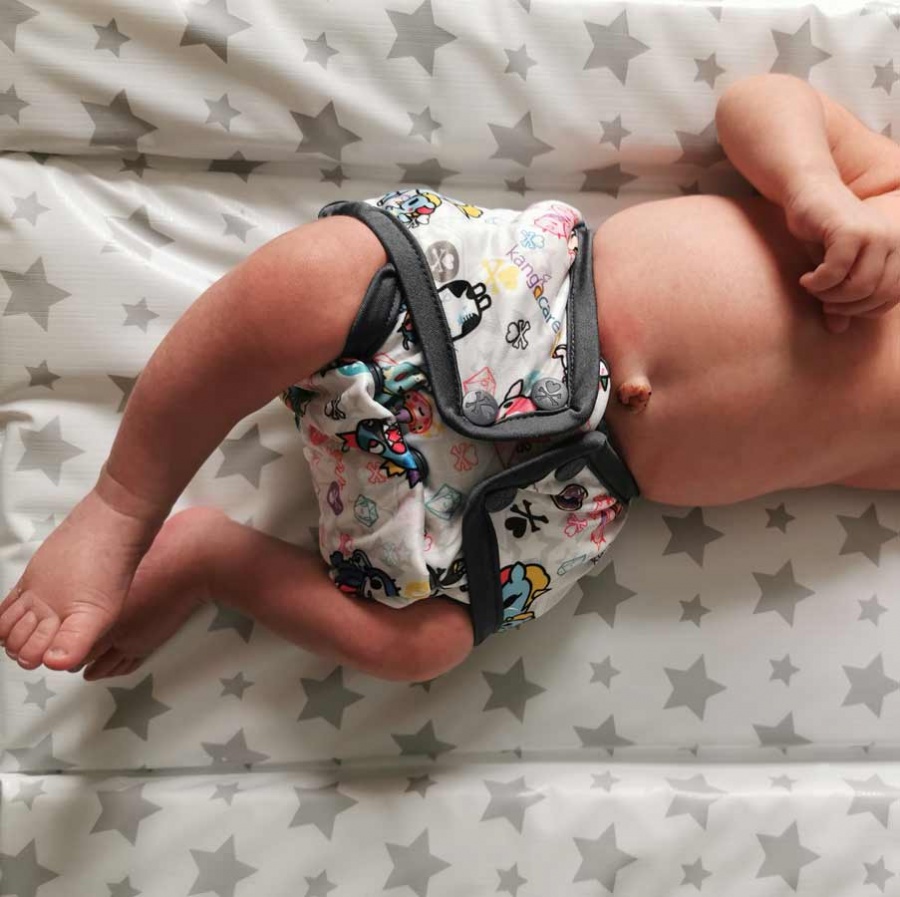
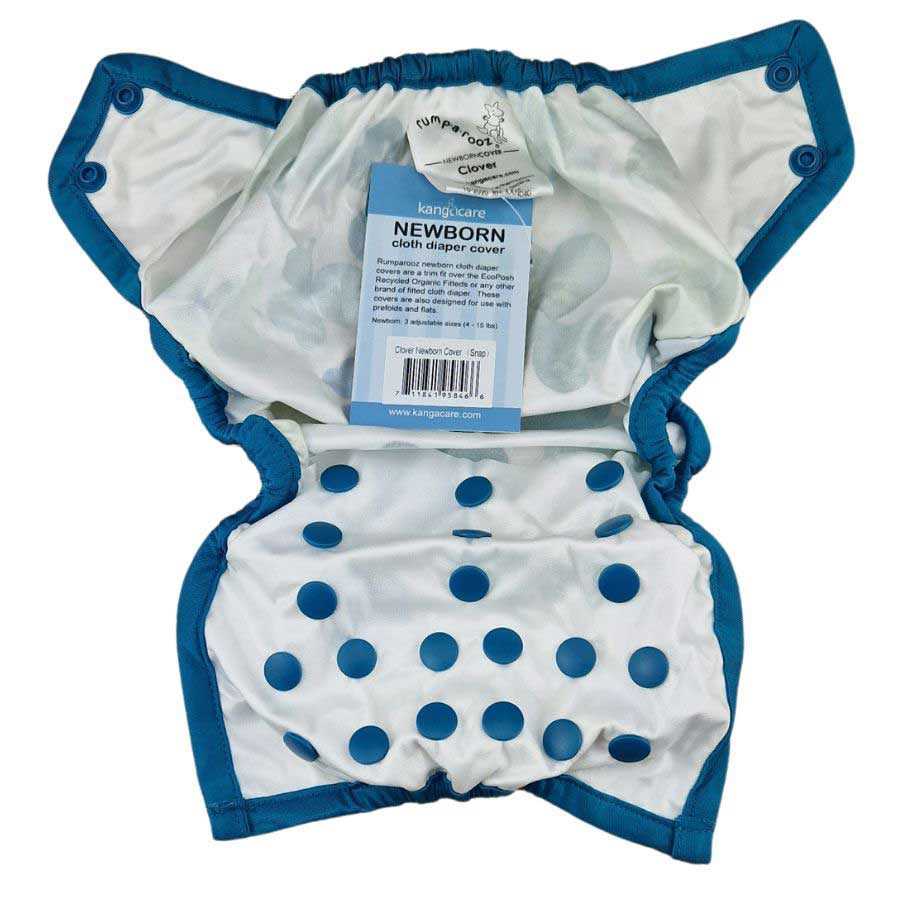
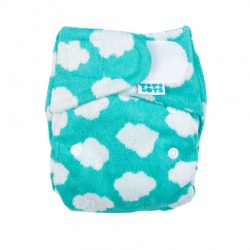
.jpg)
.jpg)
.jpg)
.jpg)
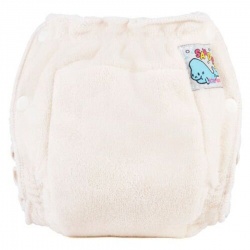
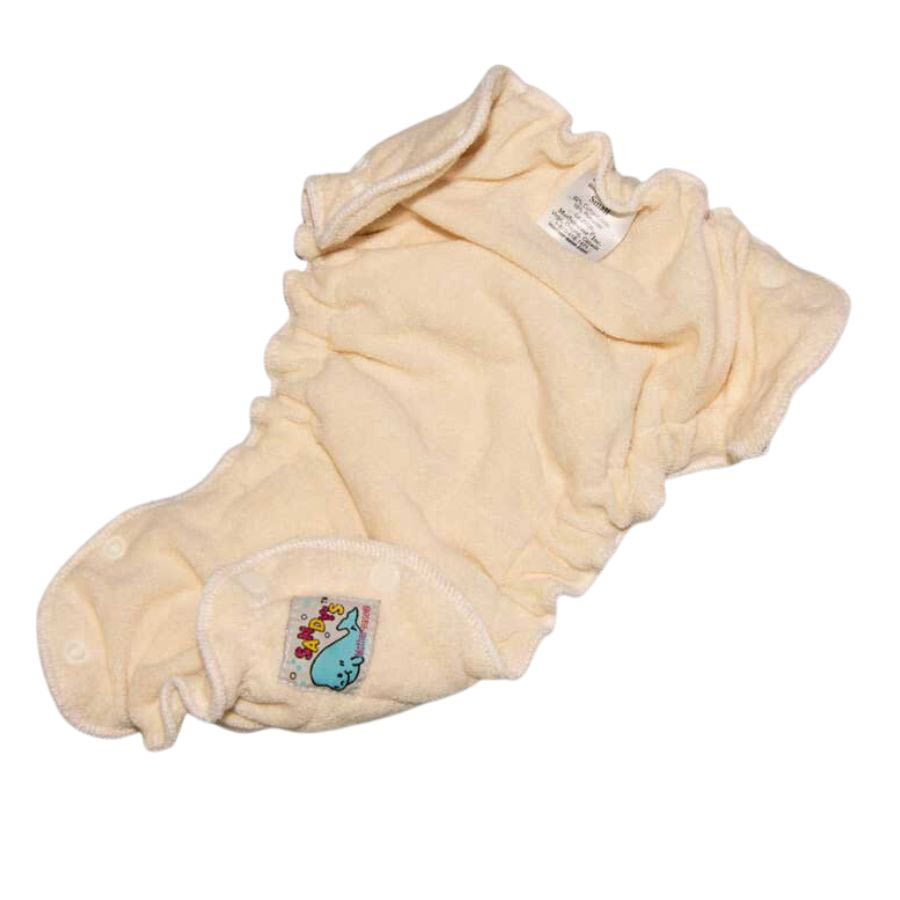
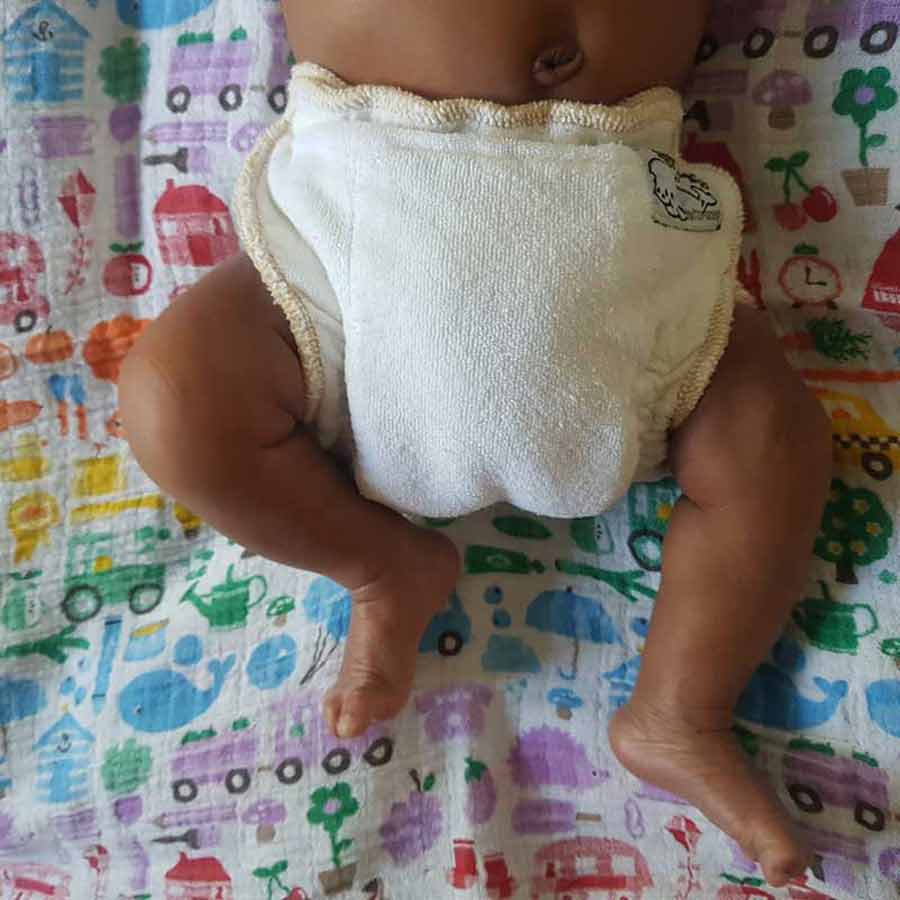
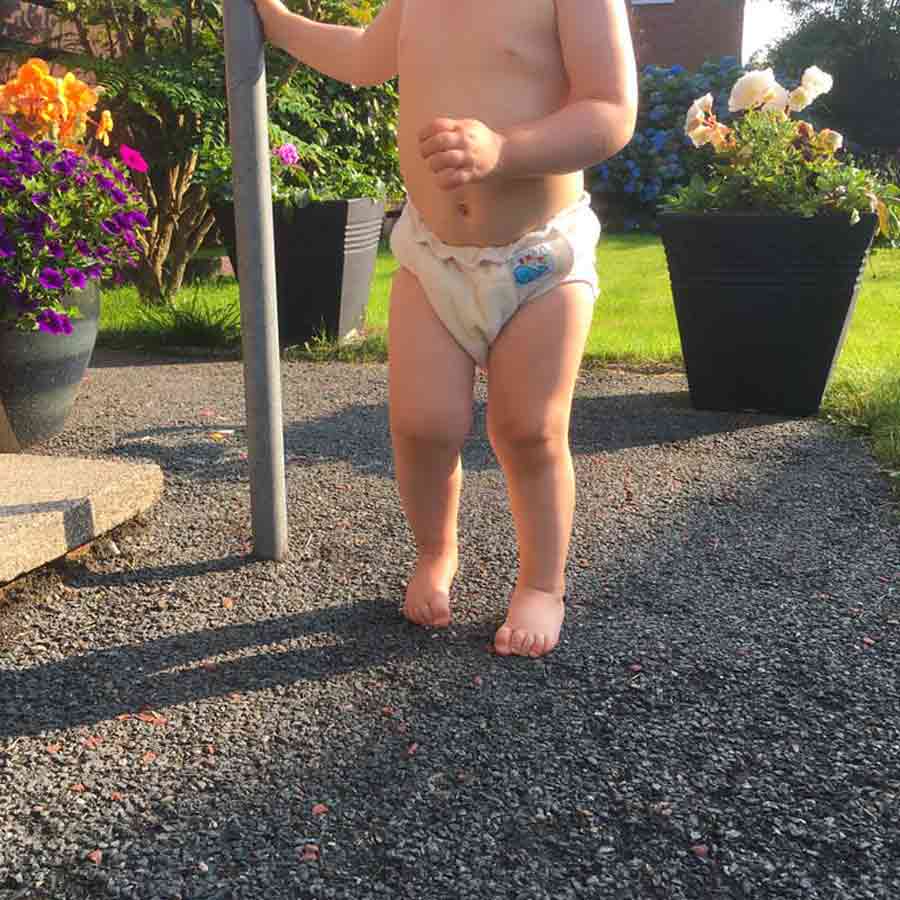
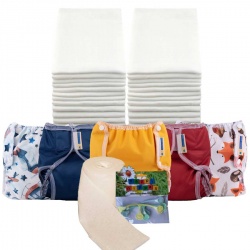
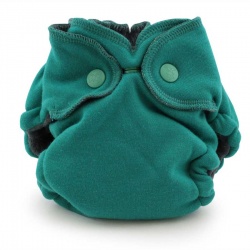
.jpg)
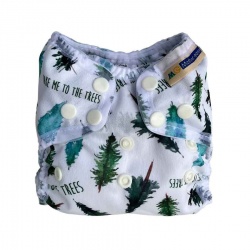
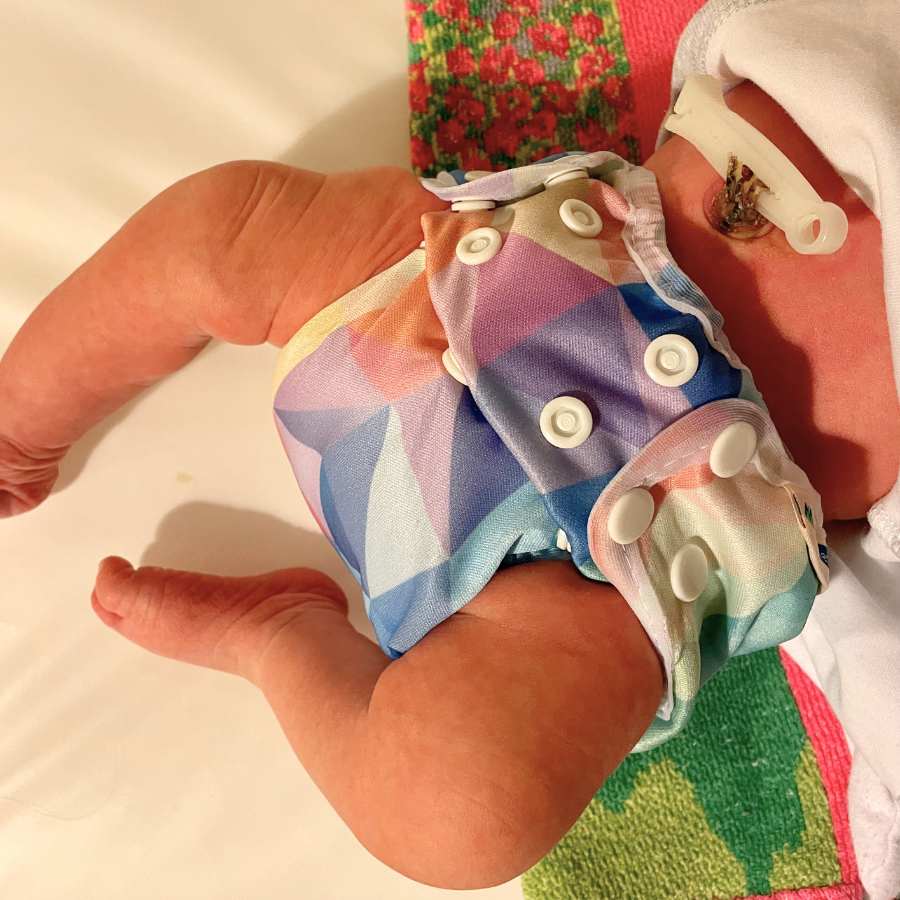
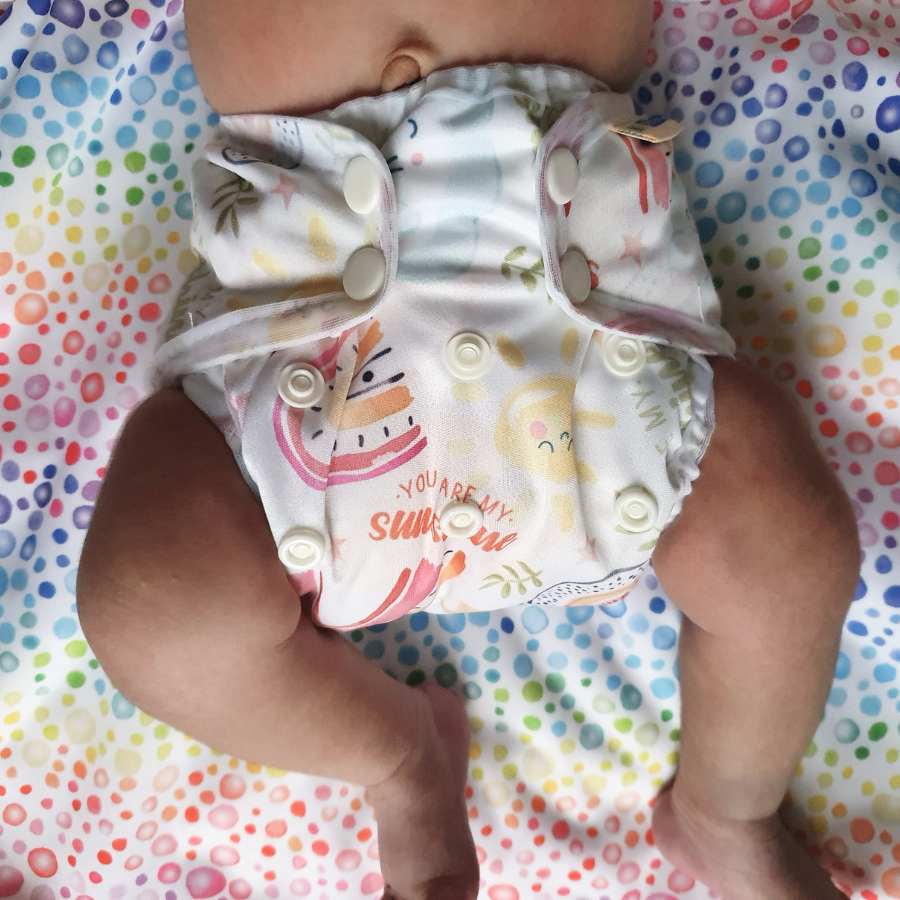
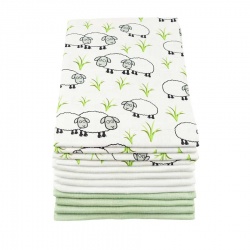
.jpg)
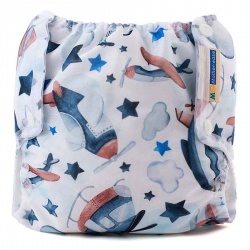
.jpg)
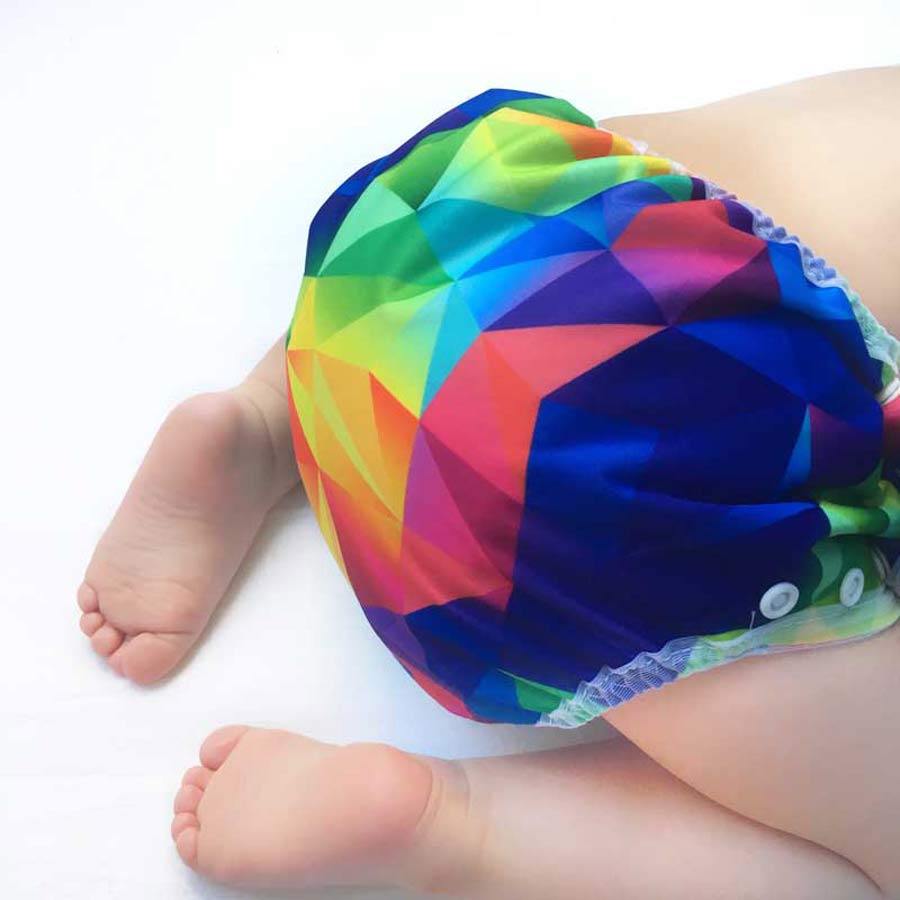
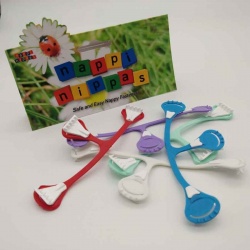
.jpg)
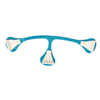
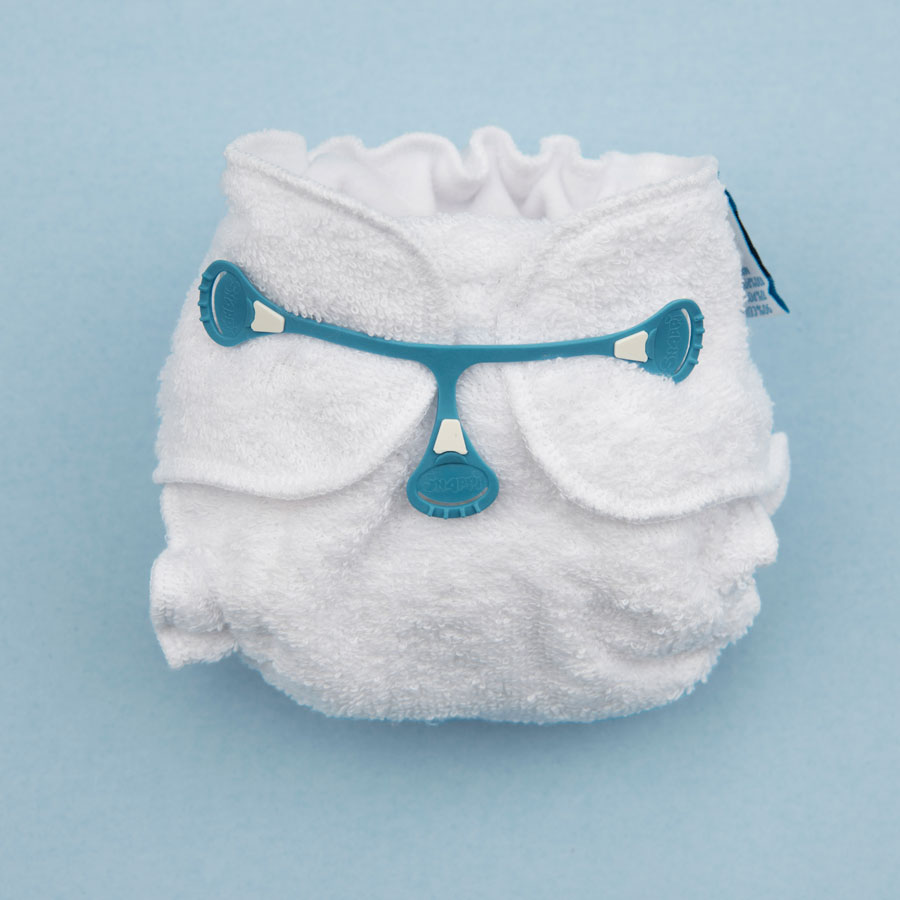
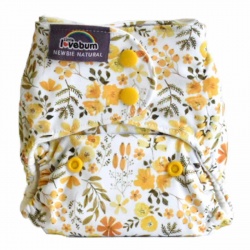
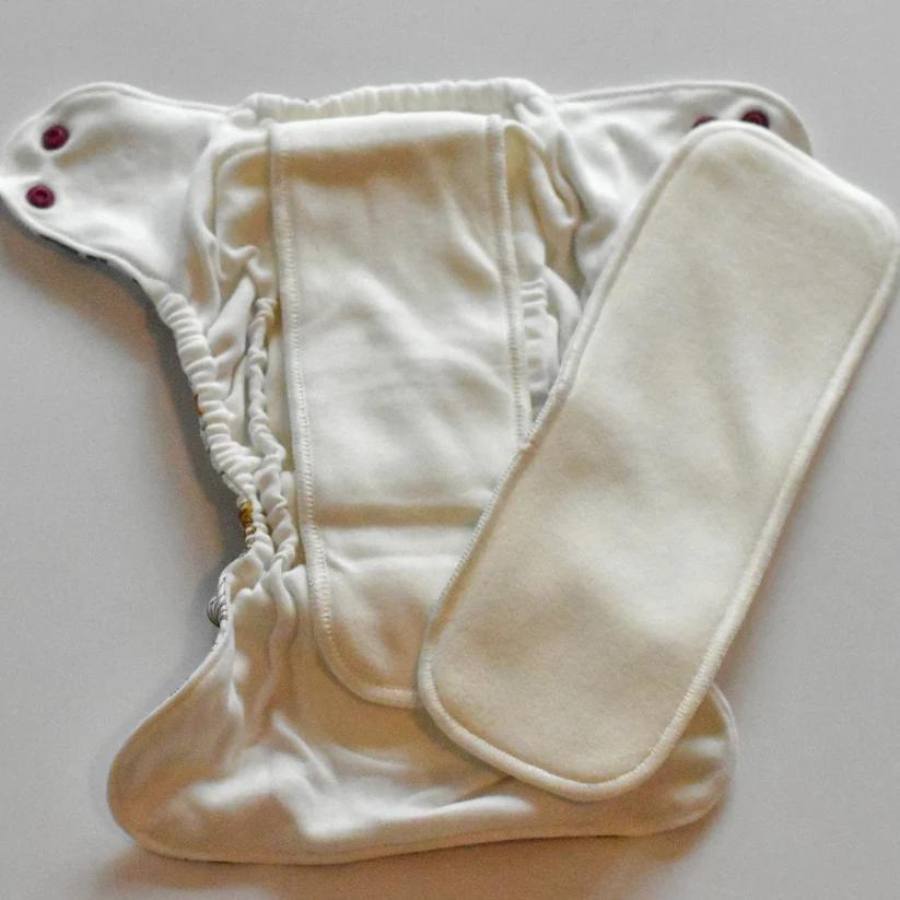
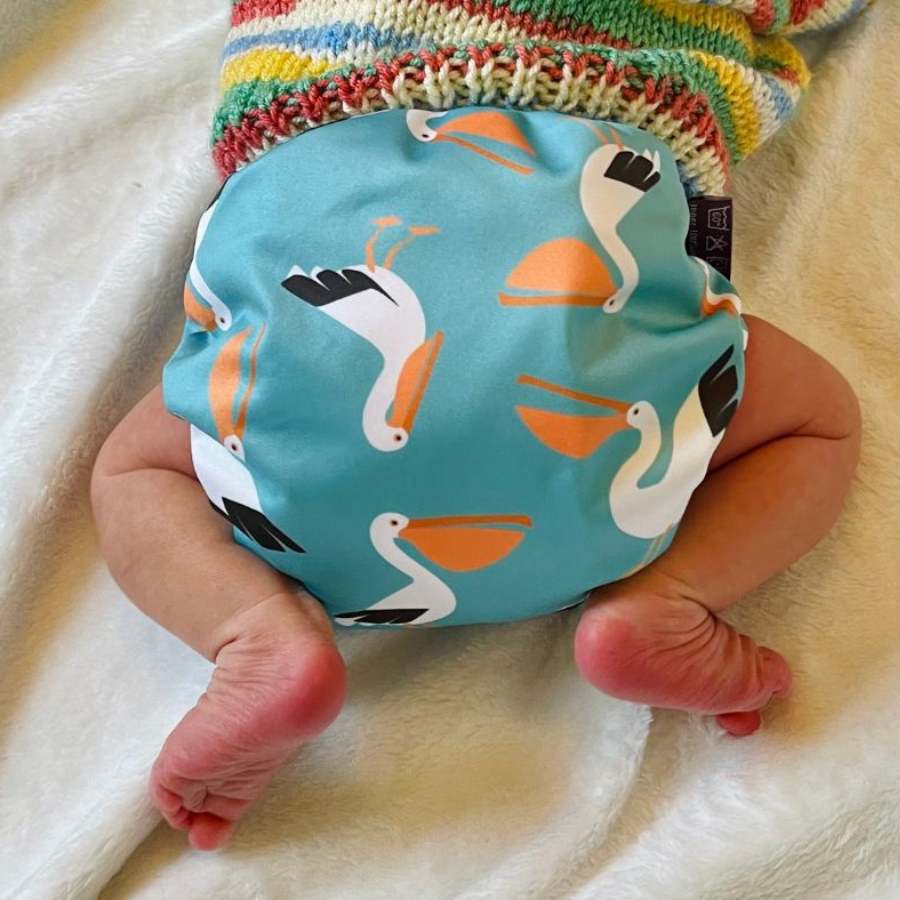
.jpg)
.jpg)
